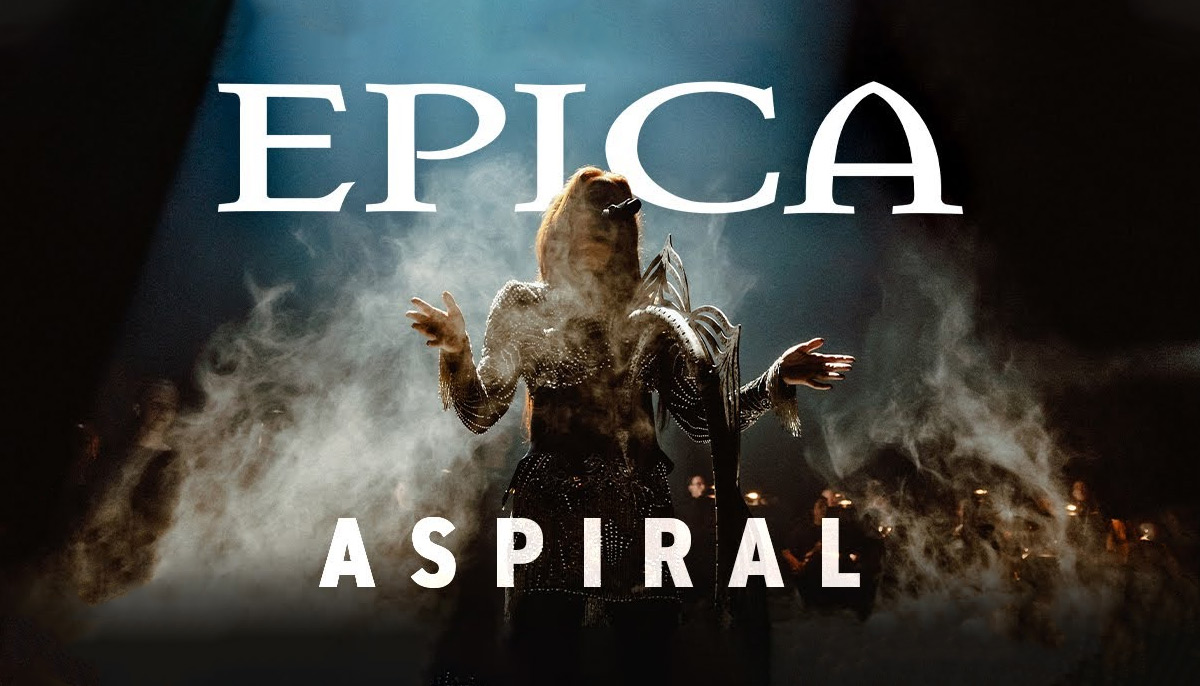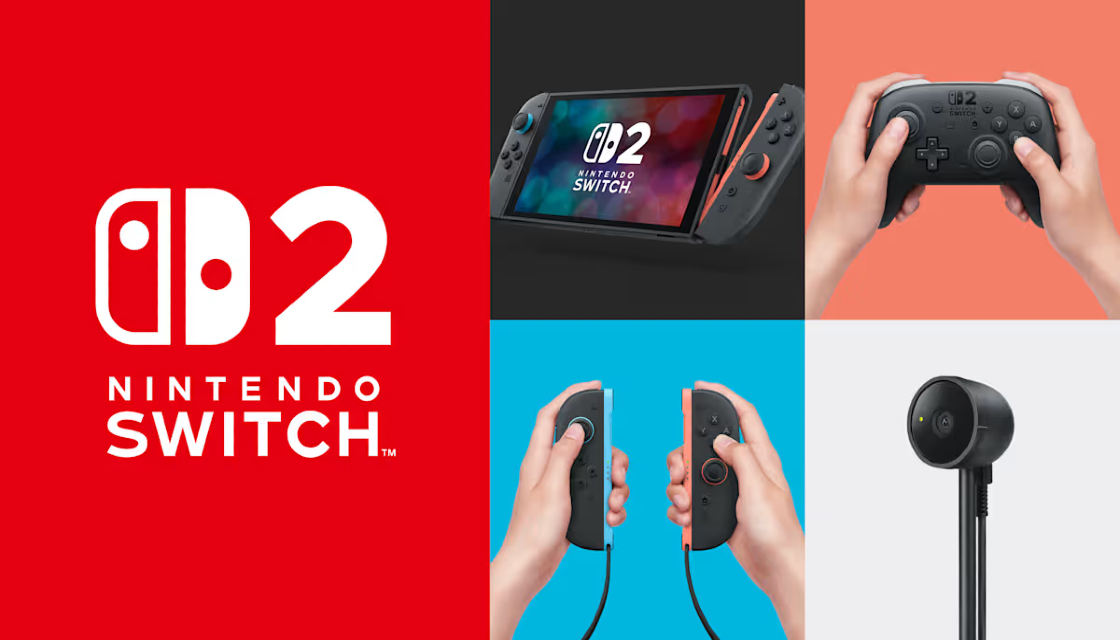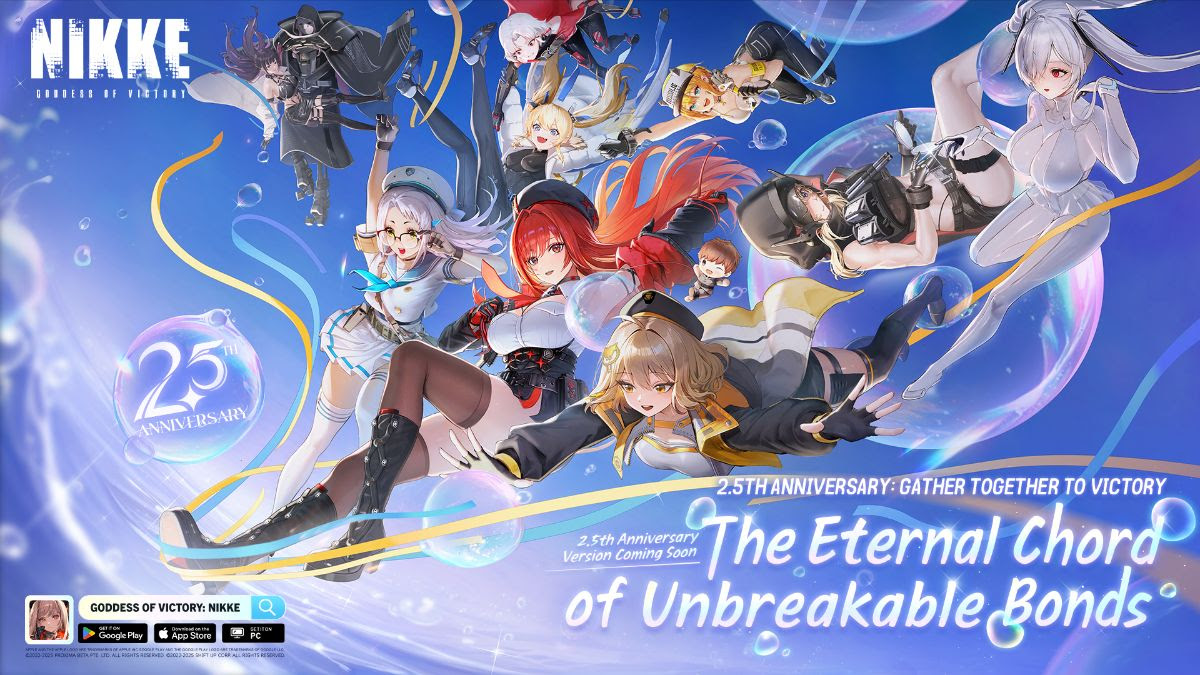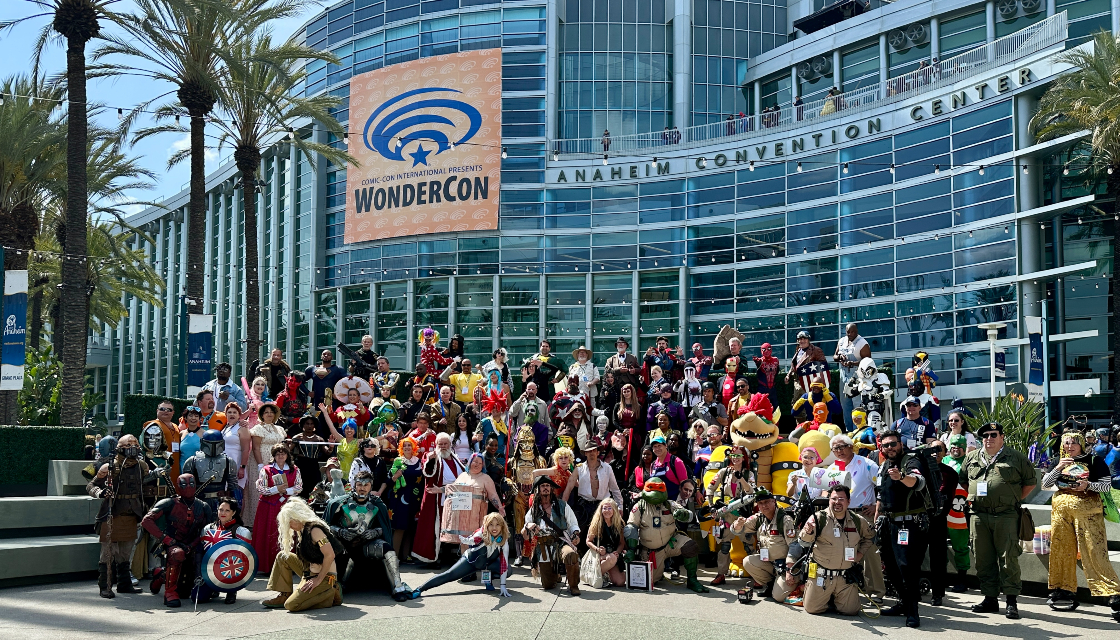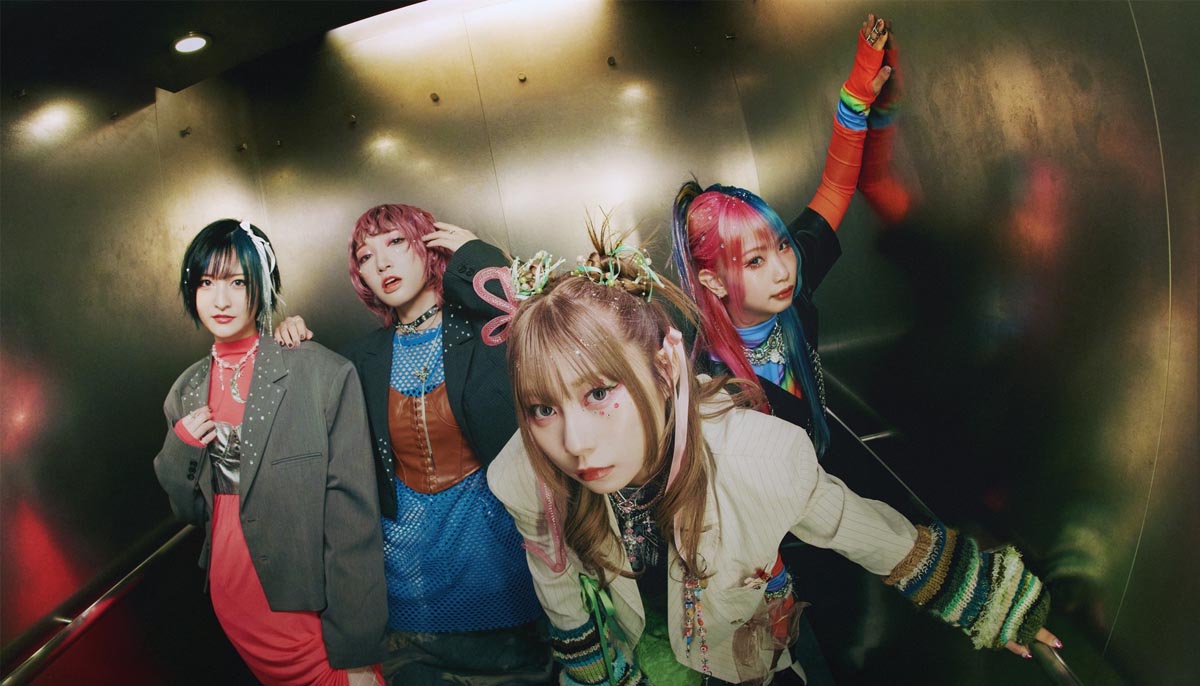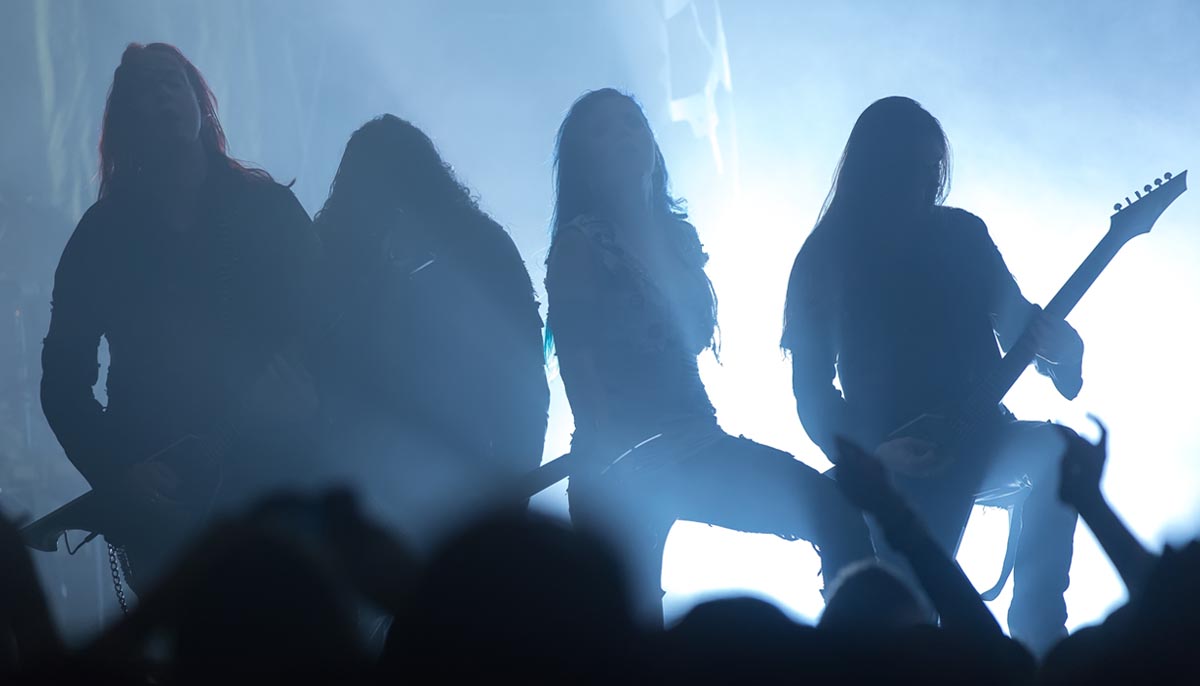Q01: What were some of the factors that led you to create Studio Bones?
Kawamoto: In 1998 after Cowboy Bebop ended, Masahiko Minami, the producer, let it be known that he wanted to go independent and wanted me to come along. That was the trigger for the creation of Bones. I think he wanted to create something new instead of iterations of existing works and that is why he left Sunrise and became independent.
Q02: When it comes to character designs, in your opinion what are some of the most important factors in creating successful character designs?
Kawamoto: It is difficult to give advice on that point. It would be nice if people could all make designs with the fans in mind that we knew would be popular. That isn’t the case most of the time or even possible when creating a character, but my advice is to raise your antennas to new information and new experiences, and point your antennas in different directions and take in what is around you; process that information. I am always trying to be open to new information in terms of genres especially with regards to the future as technology evolves. Going a mile wide and an inch deep so to speak, to have an idea of how things are changing.
Q03: When you established Bones twelve years ago were you confident that it would be successful?
Kawamoto: So I joined Minami-san in creating Bones because we shared similar thoughts about becoming independent animators. I was not thinking about success so much as what I wanted to do. I was very happy that many members of the Cowboy Bebop team and some of them joined me at Bones. RahXephon had much of the same team as Cowboy Bebop and thus the feeling of what we were creating did not change that much.
Q04: Was he surprised by the success of Cowboy Bebop and the reaction of western audiences?
Kawamoto: Yes, I was. When we made it we had trouble getting a broadcast slot so we weren’t even sure if it was even going to be a hit or not. Considering we were faced with all these difficulties in converting a 26 episode series into a 13 episode series (the original TV Tokyo Broadcast, 26 episodes, would eventually air on satellite in their entirety, but the first broadcast was aborted) the success of the series, even ten years later in and outside of Japan, seems strange, almost surreal. With regards to the sequel -- well, you saw the last scene. There are no plans for a sequel, but I have heard, I am not on the production staff mind you, that there is the possibility of a live action version.
Q05: Could you elaborate on the broadcast slot problem?
Kawamoto: So part of the problem with finding a broadcast slot in Japan was the violence and the drug use, notably in the "Bloody Eye" episode in season one. At the same time, we had the Pokemon shock where a youth was wielding a knife so we had to digitally remove the knife from a particular scene. So the "Bloody Eye" episode was actually episode one but we had to broadcast episode 2 first because of some of the issues. However episodes 1-5 were released in their original format, so in the end that issue was resolved.
Q06: Could you tell us about some of the people that inspired you when you were younger?
Kawamoto: There are many, but it’s not so much the people but the animation they created that inspired me. For example, what Yoshiyuki Tomino and Yoshikazu Yasuhiko did with Mobile Suit Gundam, Hayao Miyazaki’s films, Shoji Kawamori of Macross, and Urusei Yatsura with Mamoru Oshii. It was through their work that I decided to join this industry.
Q07: Gundam 0083 features many people of different ethnicities -- how important is having a diverse cast for you and the way you deal with character development?
Kawamoto: Personally I think that it's just natural, but there are times when we need to create characters that will appeal to a Japanese audience when creating something for Japan. Stardust Memory had a more Hollywood feel to it, so the director actually requested that we include people of many different races. I think we became more aware of that over time, even as Gundam 0083 was made in the style of the first Gundam. I am sorry that I am not familiar with the more recent Gundams so I don’t know what direction they are heading in now.
When doing Gundam 0083, we thought about the kinds of actors characters were representing and based our designs on that. We did the same with Cowboy Bebop.
Q08: How do you approach productions that are originals and those based off of pre-existing works?
Kawamoto: So for Full Metal Alchemist it was actually Yoshiyuki Ito that had the idea. He took the idea to the producers and Bones who then went to Square-Enix who owned the IP. Ito was later made the character designer and animator. Of course there are times when sponsors or creators of a work will approach us about creating a production.
Q09: What are some of the biggest animation changes that you have seen take place in the industry?
Kawamoto: One of the biggest changes was the switch to digital from cells. Digital requires that the widths be the same, thus some of the artistic license of the animators were lost.
Q10: Which style do you prefer?
Kawamoto: I prefer the old cell-style and I believe that the challenge is to bring back what was lost back into digital animation. One of the advantages with digital is that a single animator can check to see how his or her work flows.
Q11: What was your favorite series?
Kawamoto: The Cockpit, an old series of short animations about Axis fighters, is my favorite. It was one of the things that influenced Ghost in the Shell and Cowboy Bebop.
Q12: You mentioned before that you based Ed on Yoko Kanno. How do you base a character on a person and have the design reflect their personality?
Kawamoto: The script for Cowboy Bebop originally called for a boy hacker and a girl who always sleeps. The director quipped that he needed the character to sleep like a cat, like Yoko Kanno. I had heard that she slept in the middle of meetings but that she was also genuine and honest. I did not meet her until after Cowboy Bebop production was over. I found it difficult to reconcile the character Ed with the composer of Macross Plus and Escaflowne, but after seeing her fall asleep on a couch I made the connection.

